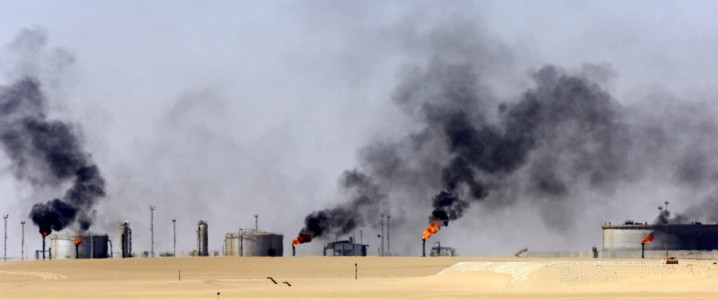
“Due to the great efforts from the #NOC subsidiaries and technical teams, we are happy to announce that our production rates have reached the pre-force Majeure levels of 1.200.000 barrels per day,” the NOC tweeted Sunday.
On July 13, days after the Government of National Unity (GNU) stormed the NOC and forcibly replaced long-time chairman Mustafa Sanalla, force majeure was lifted on key oilfields and export terminals.
Production was said to have reached 1.13 million bpd by July 27.
It remains unclear whether the 1.2 million barrels per day Libya is allegedly producing now is referring to only crude oil or crude oil plus condensate.
The return to normalized production levels comes as the country remains in a political deadlock that has seen intermittent clashes erupt among various rival militias in the capital, Tripoli. The deadlock pits the GNU’s interim prime minister Abdul Hamid Dbeibah in Tripoli against those loyal to the new prime minister named by the eastern-backed Parliament, Fathi Bashagha.
Tensions remain high, with influential Libyan Parliament Speaker Aquila Saleh on Monday declaring the GNU illegitimate and accusing Dbeibah of “misplaced spending” of some $24 billion in oil revenues. Saleh says the legitimate government of Libya is led by Bashagha, who has so far failed to install himself in Tripoli.
The situation has led to challenges in obtaining information, including with respect to oil production figures, with rival governments issuing contradictory statements.
Last week, reports emerged that oilfield services giant Halliburton was exiting Libya due to rising tensions and anticipation of renewed clashes among militias in Tripoli. On Monday, the Libyan Herald, citing the Oil Ministry (affiliated with Dbeibah and the GNU), as refuting reports that Halliburton had evacuated Libya, calling earlier reports “a distortion of reality” that has “no basis”.